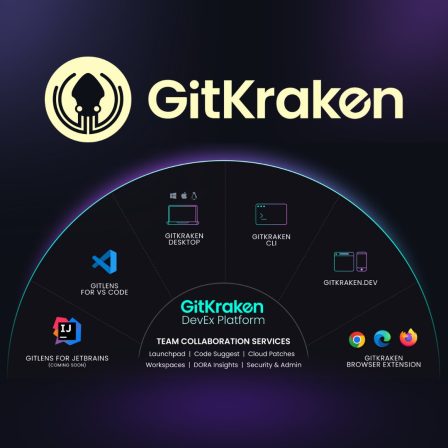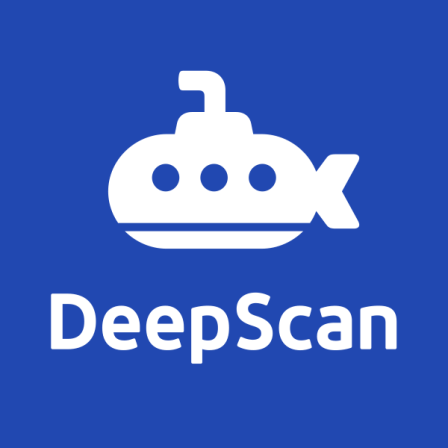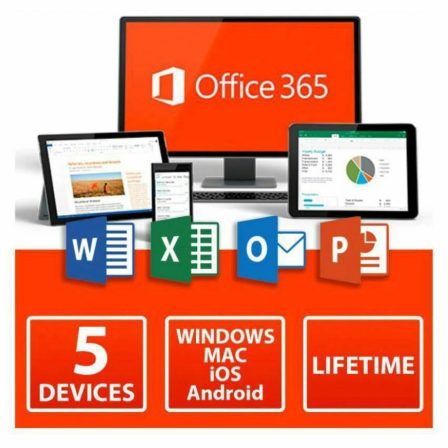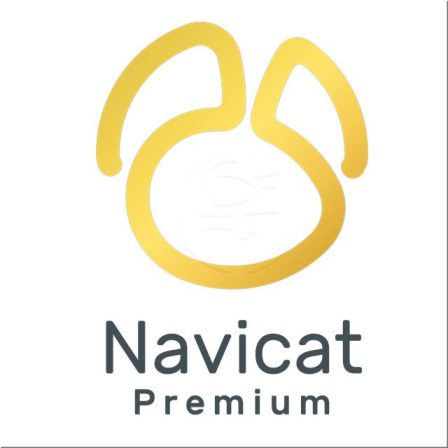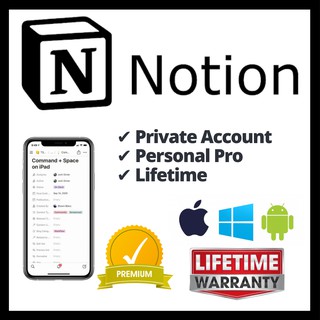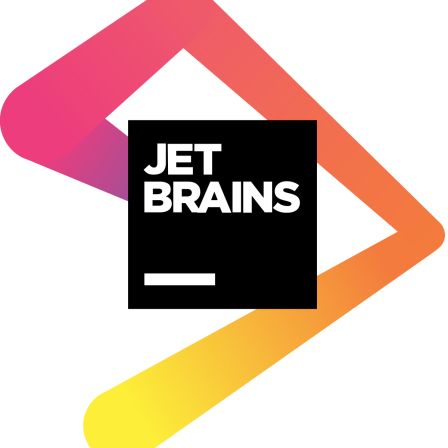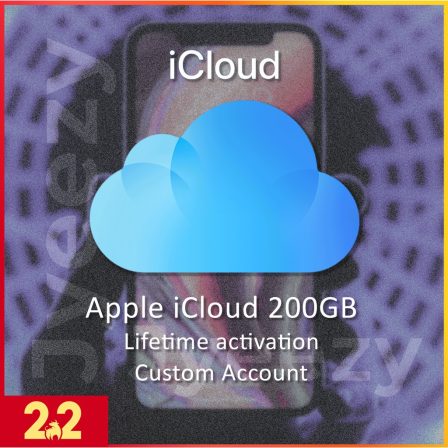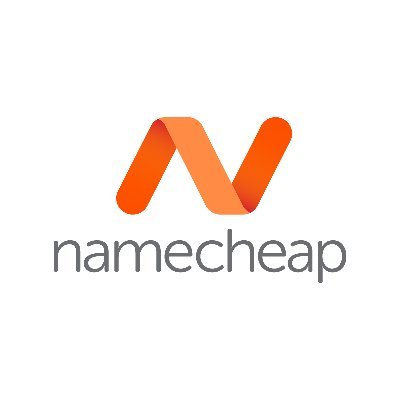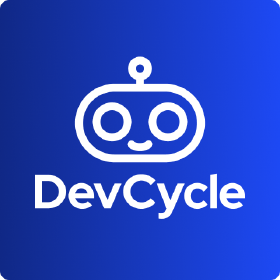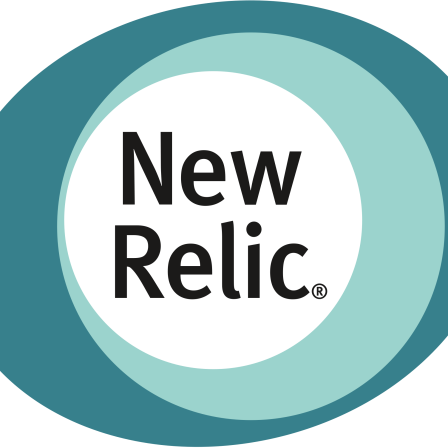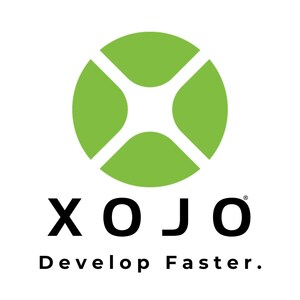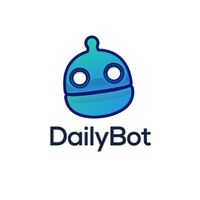There is no item in your cart
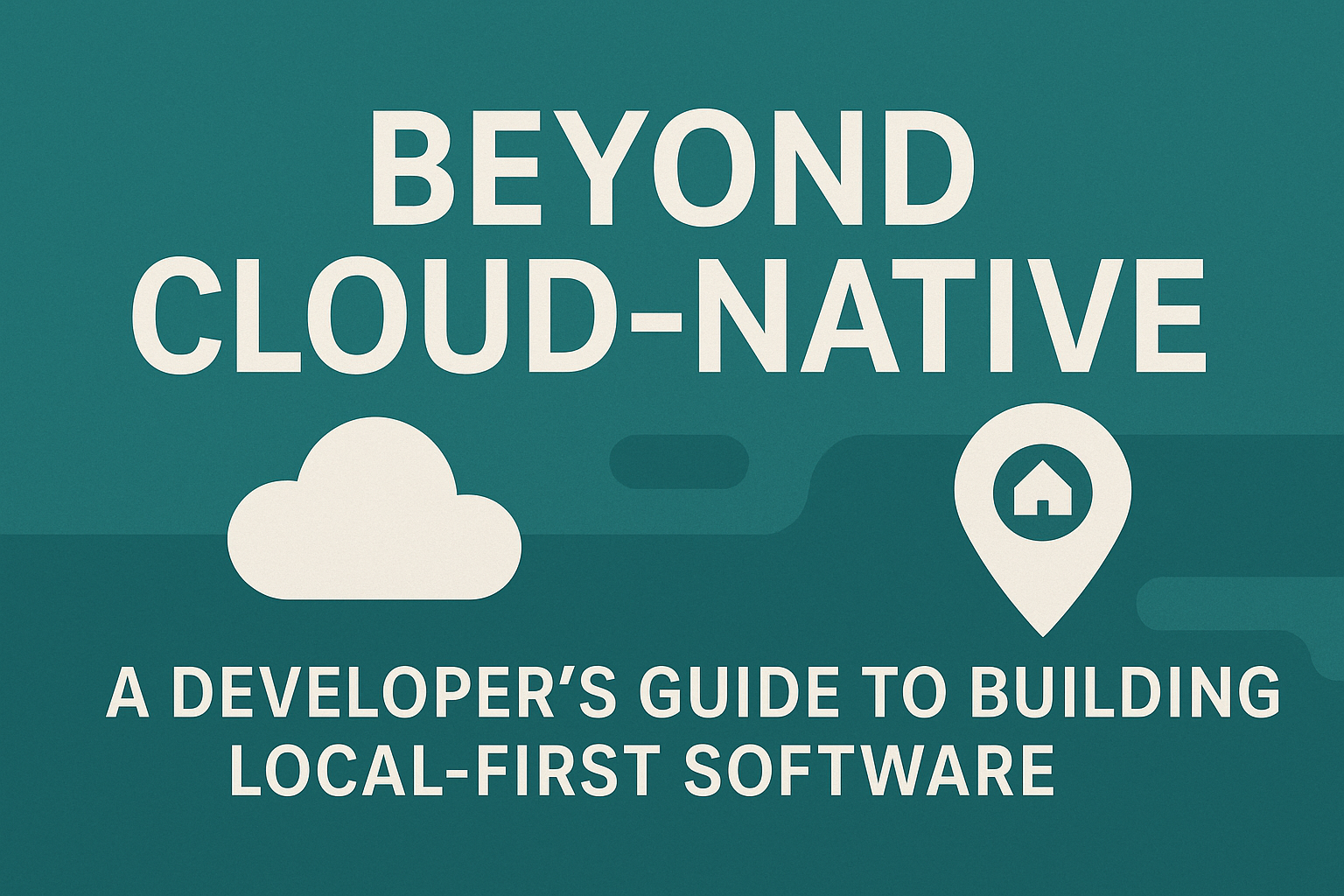
Beyond Cloud-Native: A Developer’s Guide to Building Local-First Software
Your internet connection drops for a moment, and suddenly your favorite SaaS application becomes a useless, blank screen. Sound familiar? For the last decade, we’ve been told that the future is “cloud-native,” where all data and logic live on a remote server. But a powerful counter-movement is gaining traction, promising faster, more reliable, and more private applications: Local-First Software.
This isn’t about going back to the old days of siloed desktop apps. It’s a modern architectural paradigm that combines the best of both worlds. This guide will introduce you to the principles of local-first development and explain why it might be the right choice for your next application.
What is Local-First Software?
Local-first software is an application that works just as well offline as it does online. It achieves this by treating the data on your local device as the primary source of truth. The cloud is used as an enhancement—for synchronization and collaboration—not as a requirement for the app to function. Think of modern productivity apps like Notion or Obsidian; they feel instant because the data is right there with you.
The 7 Principles of Local-First Software
Based on the foundational essay by the research group Ink & Switch, local-first applications adhere to several key principles:
- It Works Offline: The application is fully functional without a network connection.
- Fast Performance: Reading from a local database is orders of magnitude faster than a network round-trip, making the app feel incredibly responsive.
- Data Ownership & Privacy: The user’s data lives primarily on their device, giving them full control and ownership.
- Seamless Collaboration: When a connection is available, data effortlessly syncs between users and their multiple devices.
- The Network is Optional but Utilized: The cloud enhances the experience but is not a single point of failure.
- Long-Term Durability: Your data is yours, stored in open formats, and will be accessible for years to come.
- Security by Default: Data is protected end-to-end, with your device as the trusted security boundary.
The Modern Local-First Tech Stack
Building these applications has become easier thanks to a new wave of tools:
- The Local Database: The foundation is often an embedded, powerful database like SQLite.
- The Sync Engine: The real magic is in the sync layer. Open-source projects are emerging to handle the complex problem of synchronizing the local database with a central server and resolving conflicts without data loss.
- The Backend: You still need a backend, but its role changes. It becomes a “sync coordinator” and an authorization server, rather than the primary application server. A lean backend on a platform like [Heroku] is often a perfect fit.
Conclusion
Local-first is a powerful architectural choice for a new class of applications that prioritize user control, speed, and reliability. It challenges us as developers to think differently about state and data flow, but the result is a superior user experience that feels faster, more private, and more resilient than any cloud-only application ever could.
Building robust local-first applications requires a deep understanding of data management and a professional toolset. A powerful database client like [Navicat Premium] is essential for designing and inspecting your local and server-side schemas. Securing your sync server and its secrets with tools like [Doppler] and [1Password] is critical. And for hosting that crucial sync backend, a reliable platform like [Heroku] is key. Explore the tools for building next-generation applications at SMONE.


